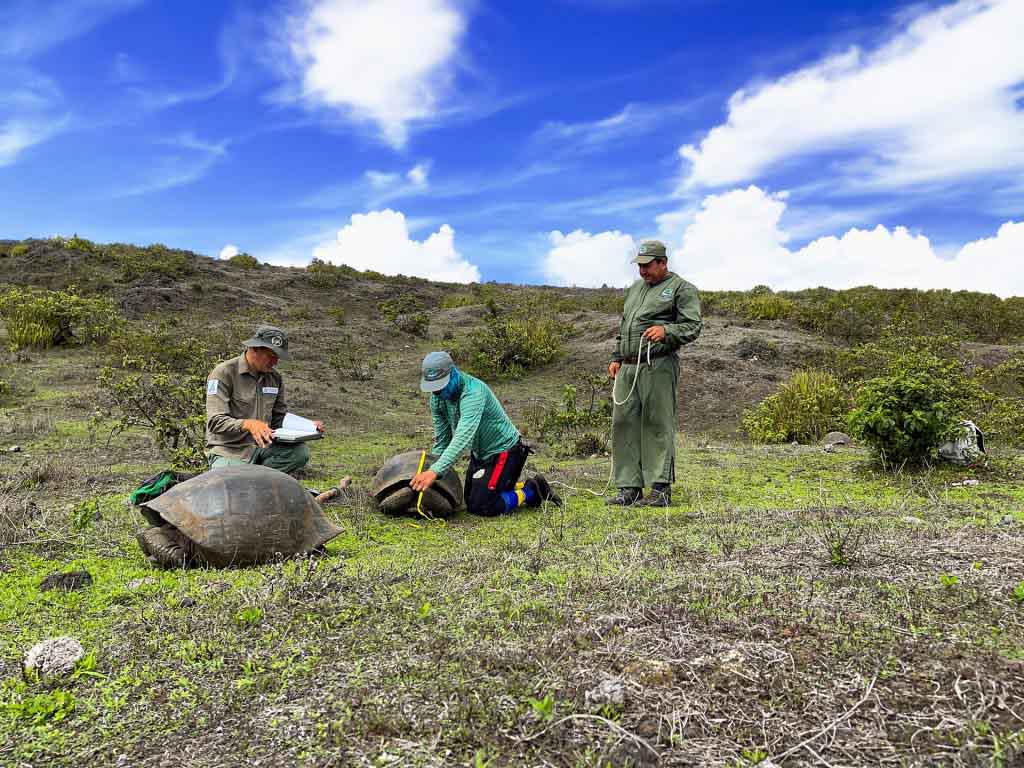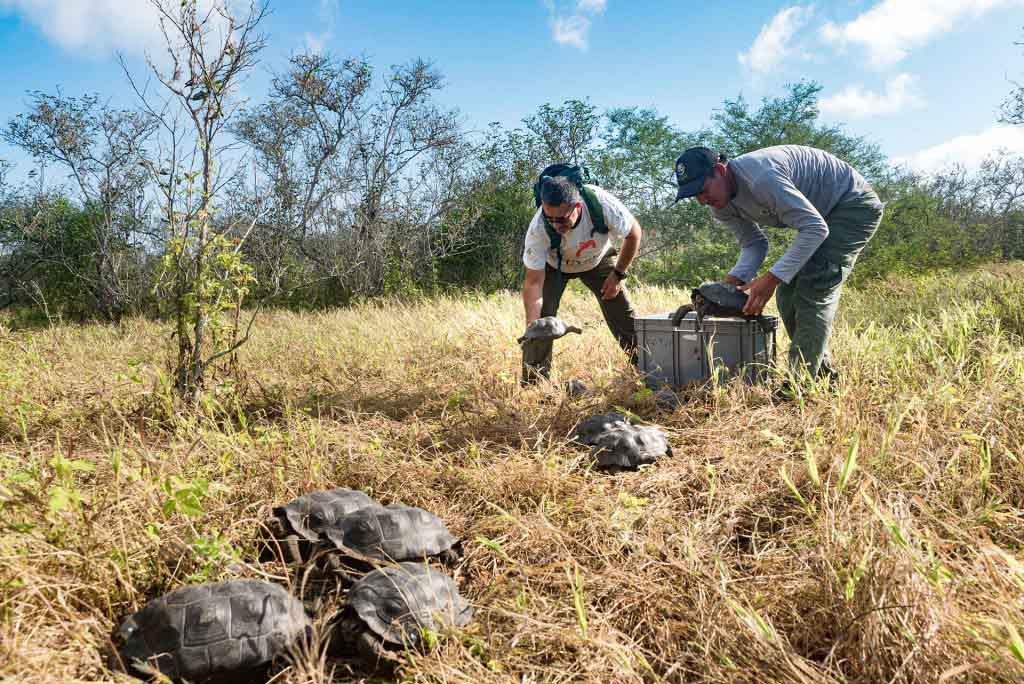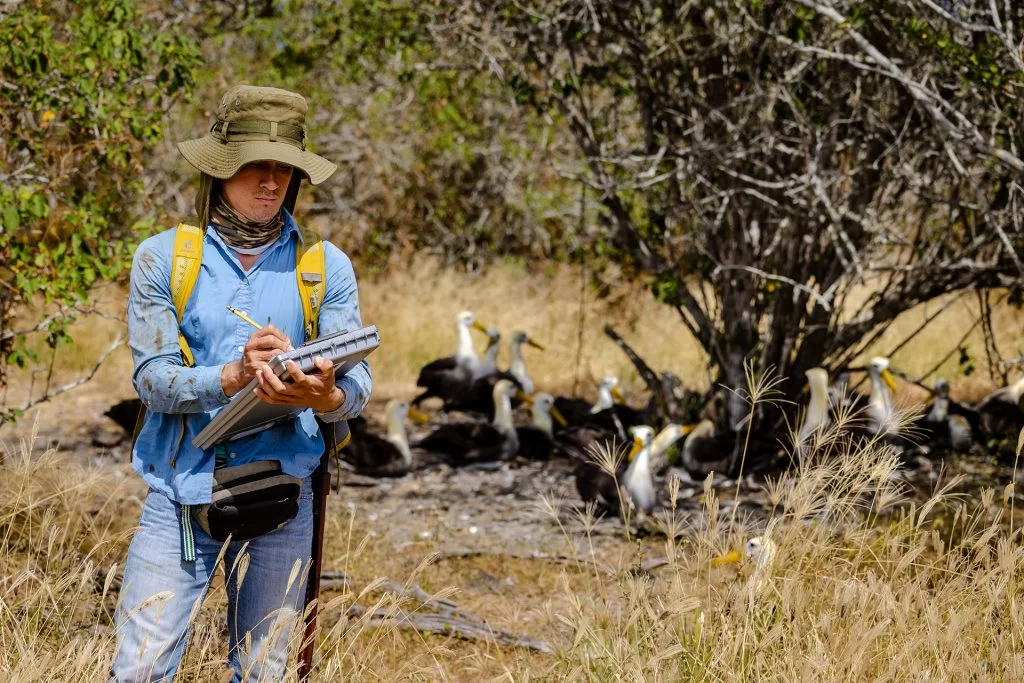Galapagos Wildlife Expeditions to be Safeguarded in 2023
Five expeditions in southern Isabela Island were conducted to conduct a count of eight giant tortoise population on the Sierra Negra volcano and Cerro Azuul volcano. The census aims to determine the population size and demographics of Chelonoidis viscina and Chelonoidis negra populations on Cerro Azul and Sierra Negra. Information gathered will be crucial in conserving and protecting this emblematic species.
A similar expedition took place on Espanola island in March this year. 86 juvenile tortoises belonging to the Chelonoidis Hoodensis were released. The individuals were born in captivity and reintroduced to their natural habitats to increase genetic diversity and strengthen the existing populations. The presence of giant turtles on Espanola has a crucial role in the plant community structure, as it supports species such as albatrosses which require open spaces for landing and take-off. Scientists at the Galapagos Conservancy and rangers of the GNPD closely observe these tortoises released to their natural habitat. They assess their adaptability and survival.

Unveiling the demography and size of 8 giant tortoise populations on Southern Isabela to identify threats and assess the overall conservation status of the ecosystem. ©Jorge Carrión / Galápagos Conservancy
C. hoodensis species was also reintroduced on Santa Fe Island as part of the island’s ecological restoration. Over 700 tortoises, including juveniles and subadults, were ready to fulfill their role as natural herbivores. Over 700 tortoises were reintroduced to Santa Fe Island as part of the island’s ecological restoration. These included juveniles and subadults who are ready to take on their natural role as herbivores. The island has been subjected to a number of ecological surveys. One event that will confirm that the tortoises are adapted is nesting. In order to find evidence, a short trip was undertaken covering the areas that were frequently visited by satellite-tracked turtles. Nests of these tortoises are yet to be found.
Scientists and park rangers set out on one of the most exciting expeditions on Fernandina island to locate a specimen from the Chelonoidis Phantomticus specie. The IUCN Red List of threatened species classifies this Fernandina-specific species as Critically Endangered. The team, despite the obstacles and challenging conditions, showed unwavering resolve and passion in searching for a male to match the female discovered in 2019. The team has not yet found another specimen, but the data and observations they collected will be valuable for future conservation efforts in Fernandina.
The team’s first expedition in 2023 was to Espanola Island. They monitored vegetation plots, to better understand the impact giant tortoises have on plant communities, and conducted a comprehensive albatross count along the southern coast. This census was designed to collect updated data on the demographics of these birds and their population size, as well as explore how vegetation affects their presence in the interior and along the coast. Carrion stressed the importance in conserving these species. He said, “Through Iniciativa Galapagos we will continue with future expeditions and conservation project to protect our invaluable natural heritage and promote global awareness about the importance of preserving our fragile ecosystems.”

Repatriation of 86 juvenile Chelonoidis hoodensis tortoises to Española Island
to increase population size and expand their distribution on the island. ©Diego Bermeo / GNPD



